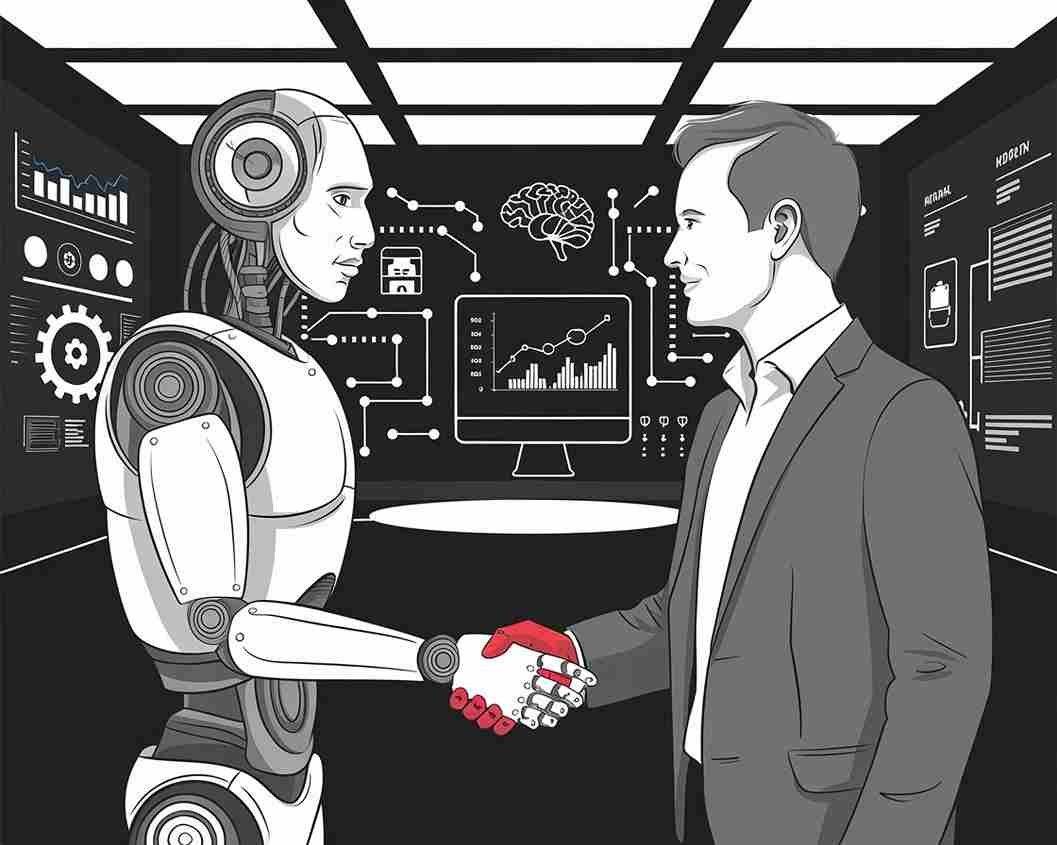What is the Internet?

Sazit Suvo
Designer & EditorIn simple words, the internet means access to a data center.
Now, let me explain in a slightly more complex way — you are reading this text, which means I have stored my text on a specific server, and you are accessing it from that server. Using the internet in the material world means sending emails, communicating through social media, accessing various content, sharing videos and images, and searching for information on different websites.
How Does the Internet Work?
All the requirements and uses mentioned here involve receiving data from the data center or sending data to the data center. Initially, all virtual data in the world is stored in specific data centers. People like you and me constantly store data there. For example, when you watch a video on YouTube, the video has been uploaded by someone using a Google account.
Data Transfer on the Internet
When you send an email, you are essentially sending a message to a specific data center with the recipient’s ID address, which only they can access. Similarly, when you use a search engine to find information or browse websites, the data from those sites is organized in the data center.

Each device is identified by its IP address, and there are two primary ways data is transferred from data centers to users:
- Via Satellite: Data is sent from one satellite antenna to another and then transmitted to a local server or router, which delivers it to your mobile or computer.
- Through Optical Fiber: Vast networks of optical fiber cables run under the sea, transferring data to various local servers and routers. This method is faster and more reliable than satellites, as satellites are positioned far from Earth, causing delays and disruptions, especially during natural calamities.
Data Request and Transmission
When you open YouTube and play a video, a request is sent to the IP address 208.65.153.238 to access the specific video file. The domain name for this IP is YouTube. Once the request is made, the video is stored in Google’s data center, and the transmission process starts. The video file is stored on an SSD device, which also has its own IP address.
Data is stored and transferred in binary form (a combination of 0s and 1s like 111000, 010100, 101100). These binary numbers represent video, audio, text, and images, which are then sent to the customer. Your phone’s processor receives this binary data and converts it into visible content for you.
This entire process, from sending and receiving data to processing it into readable information, is what we call the internet.
-

Artificial Intelligence in the Aviation and Airlines Sector
-

Who Is an AI Engineer? Career, Work, Challenges, and Required Skills
-

Top SQL Keywords and Functions: Master 80% of Data Engineering with 20% of SQL
-

Statistics and Machine Learning: Relationship and Importance




